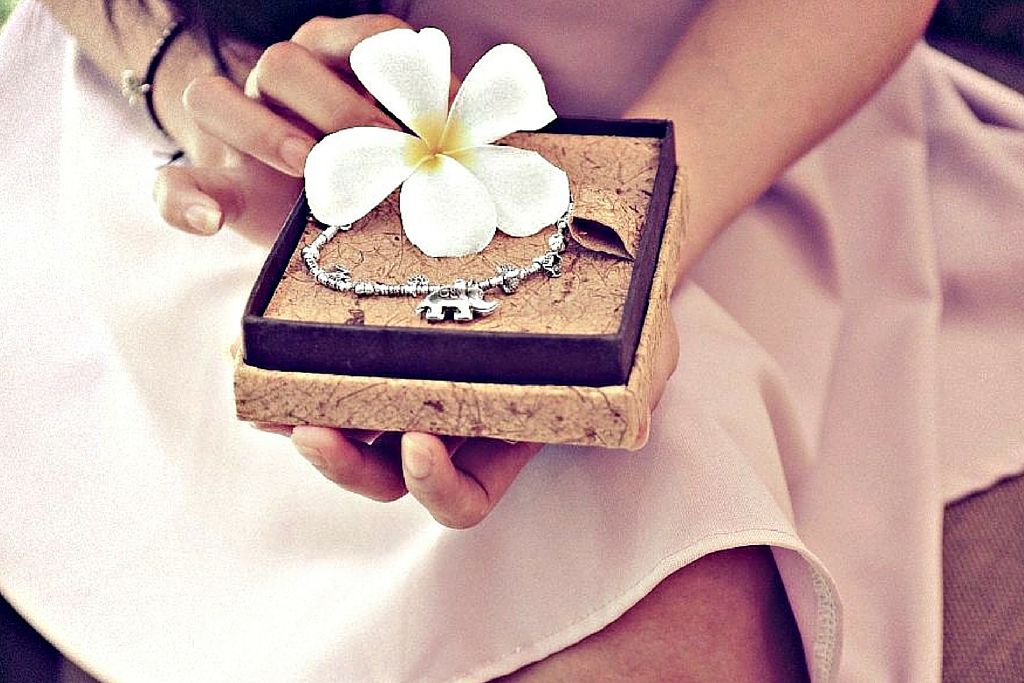Your Cart is Empty
Black Friday and Cyber Monday Deals- 20% discount on all collections starting Friday to Tuesday!
Black Friday and Cyber Monday Deals- 20% discount on all collections starting Friday to Tuesday!

When it comes to high-quality, stunning silver jewelry, sterling is the standard. It is more than 90% pure, combined with alloys in order to strengthen it and increase durability. It does not wear out quickly like plated silver.
Pure silver, which is also referred to as fine silver, is soft, pliable and very apt to become damaged. For this reason, it is combined with other metals in order to make it stronger. Sterling silver is one of the most popular alloys of this type. It is 92.5% pure silver and 7.5% copper.
Even though it is possible for any metal to be used to fill in the 7.5% that is not silver, years of research has shown that copper is the best choice. It makes the metal harder without affecting the color in any way.
The tiny amount of copper that is blended with the sterling does not have an effect on the value. In reality, the price of silver depends on how labor-intensive it is to make, the skill level of the craftsperson and how intricate the design is.
Most high-end silver is stamped with a mark that signals its quality or fineness. It signifies the amount of precious metal the piece contains. Federal law requires it to be accompanied by a registered trademark or a maker's mark.
Since silver is so soft, it should only be used alone when there is a need for malleability. An example of this would be jewelry that features intricate weaving. Sterling silver is widely used for jewelry and household items because it is strong and attractive. Quality marks for silver that are acceptable include:
If you take good care of your silver, it is possible for it to last forever. In order to minimize any damages, you should keep it stored in a cloth pouch and/or in its own section of your jewelry box. Avoid having your silver come in contact with household cleaners, like ammonia and bleach. You should also remove your silver if you plan to swim in chlorinated water.
You need to make sure that tarnish does not accumulate on your silver. This is when silver has a bad reaction to sulfur and hydrogen sulfide in the air and it starts to look dull. Clean your silver with a polish that was specially made for tarnish removal. You can find cloth and silver cleaning supplies at a craft or hardware store. It is easier to remove tarnish when it is fairly new.
While wearing your jewelry regularly is a great way to prevent excess tarnish, cleaning it often will help keep it bright and shiny as well.
Make sure to look for the maker's mark and fineness mark on any silver you purchase to verify the quality.